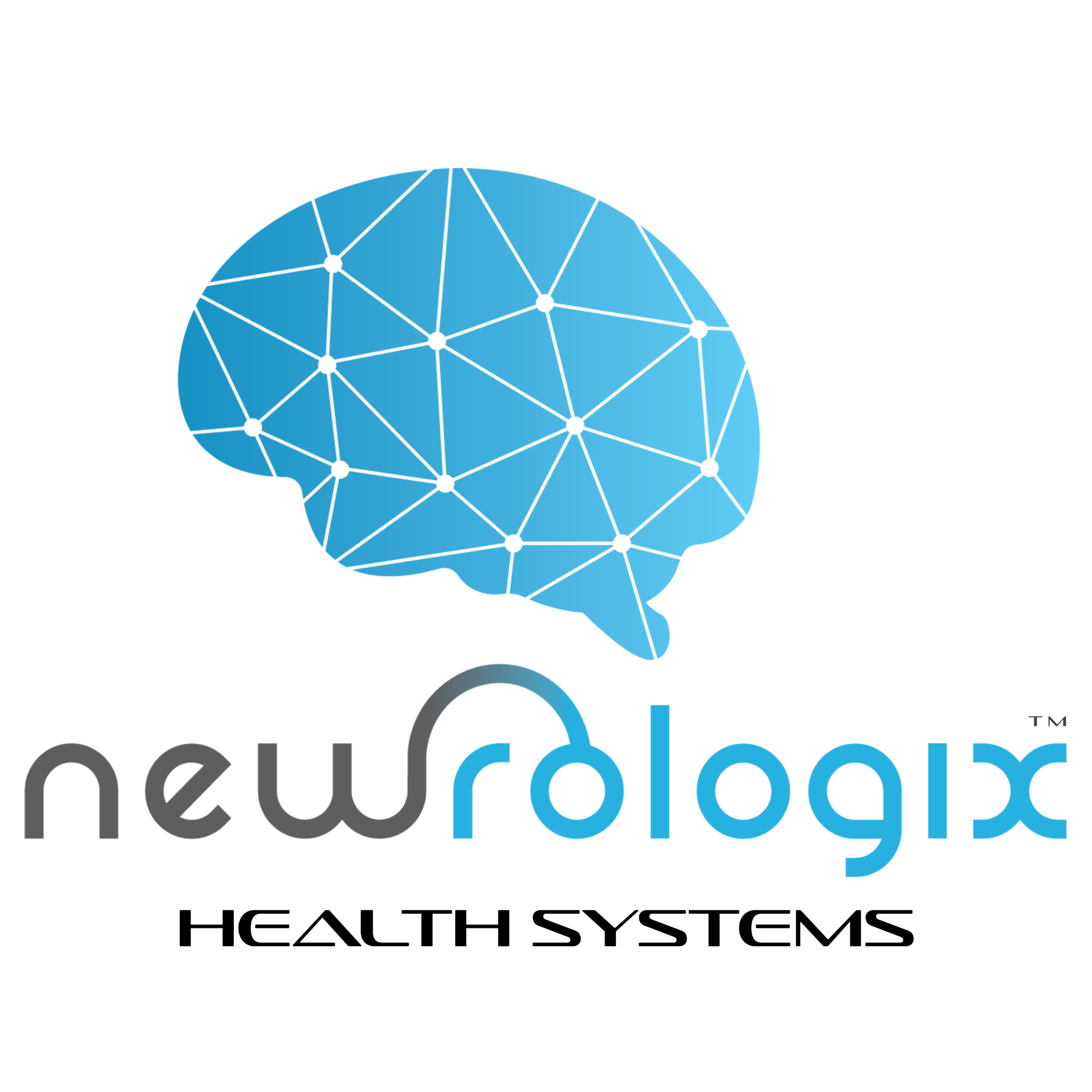Backed by over 20 years of clinical research and experience
“
January 2000
Professor and Pediatric Neurologist at Harvard Medical School stated in an editorial in the January 2000 issue of the journal Clinical Electroencephalography that the scholarly literature suggests that neurofeedback should play a major therapeutic role in many difficult areas. “In my opinion, if any medication had demonstrated such a wide spectrum of efficacy it would be universally accepted and widely used” (p. v). “It is a field to be taken seriously by all” (p. vii).
ISNR Bibliography Intro / Read Full Article
Neurofeedback: Enhancing Brain Function
Neurofeedback, also known as EEG biofeedback, is a non-invasive therapeutic technique that aims to improve brain function by providing real-time feedback on brainwave activity. The process begins with the placement of sensors on the scalp to monitor electrical activity in the brain.
During a neurofeedback session, the individual engages in various cognitive tasks or relaxation exercises while their brainwave patterns are continuously monitored. The feedback system translates the brainwave data into audio or visual signals, providing the individual with immediate information about their brainwave activity.
Through repeated sessions, individuals can learn to self-regulate and modify their brainwave patterns, which can lead to improvements in attention, emotional regulation, cognitive function, and overall mental well-being.
The mechanism behind neurofeedback involves the principles of operant conditioning, where the brain is rewarded for producing desired brainwave patterns. Over time, this reinforcement can lead to lasting changes in brain function and neural connectivity, promoting better self-regulation and optimal brain performance.
In essence, neurofeedback functions as a training tool for the brain, helping individuals to optimize their neural activity and achieve improved cognitive and emotional functioning.
Newrologix Education
Newrologix Education training protocols can help improve focus and concentration by “retraining” healthy brainwaves using state-of-the-art technology.
Newrologix Athletics
Sports related performance factors in the brain require extremely profound states of brain control and can impact overall performance in a wide variety of athletics and cognitive efficiency.
Newrologix Align
Out of balance brainwaves can cause a tremendous amount of missed cues about how we interpret our environment and others.
Newrologix Corporate
Newrologix corporate helps improve the quality of focus and duration of concentration throughout the work day, allowing you to maintain peak performance.






